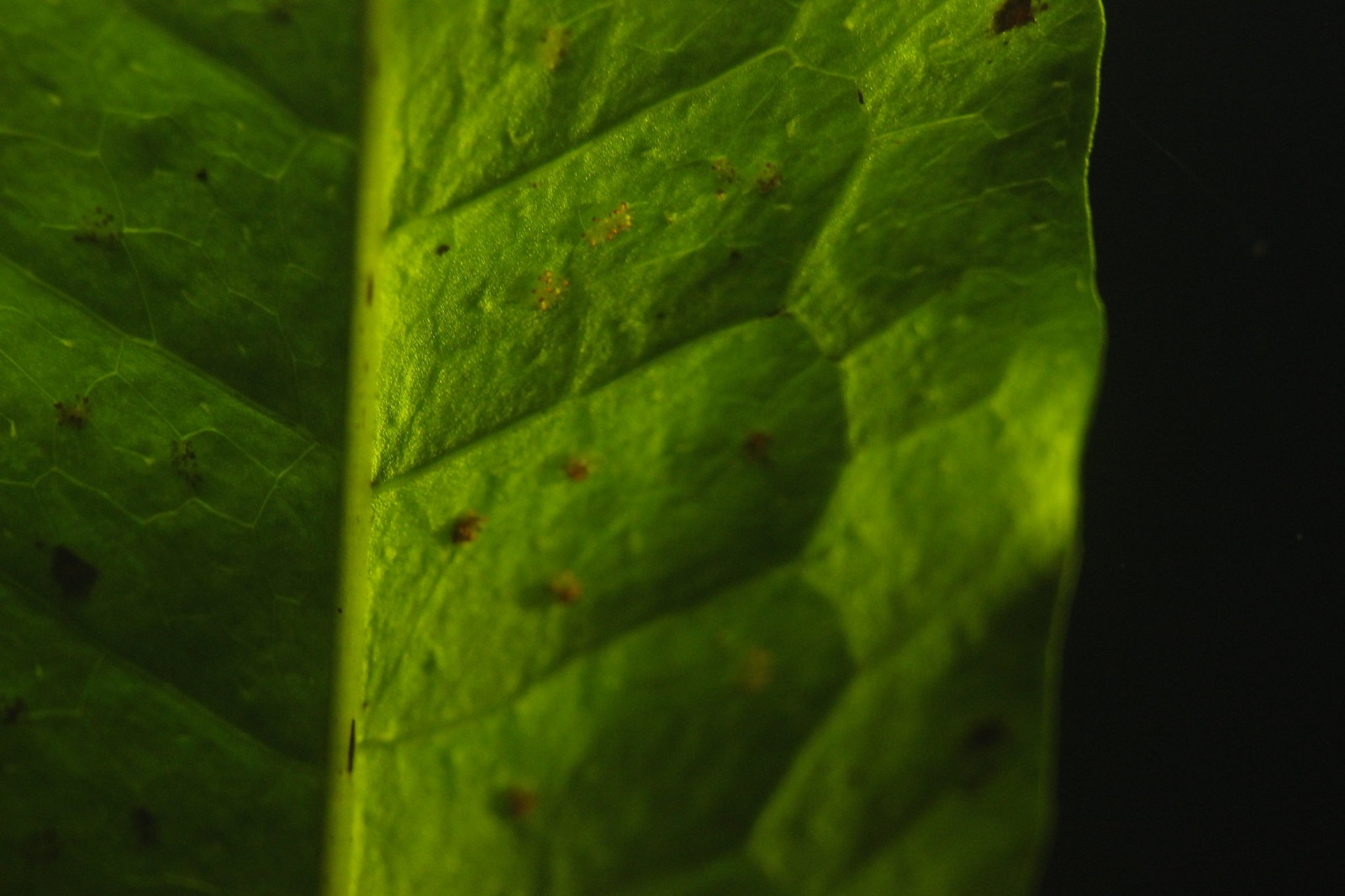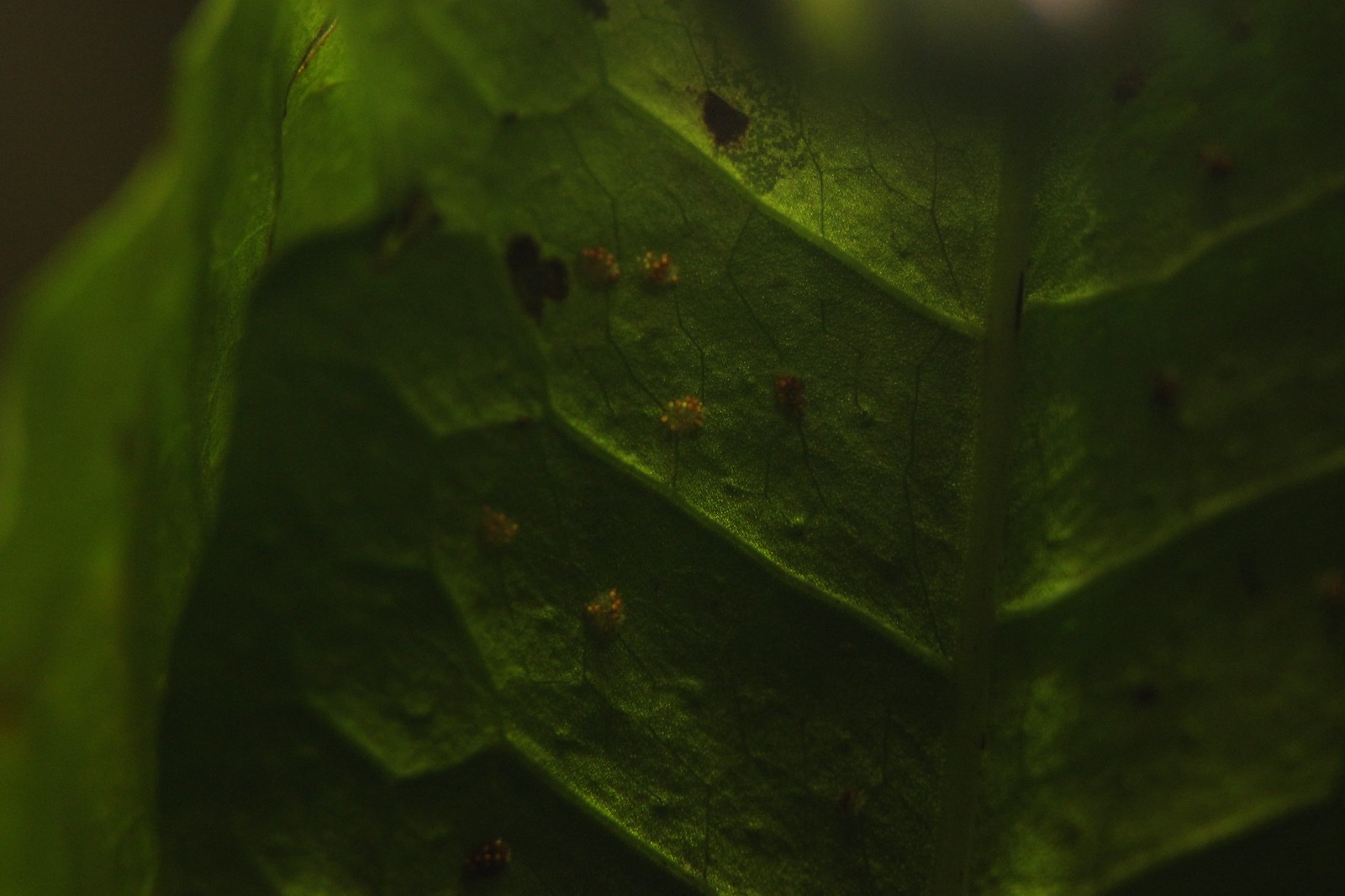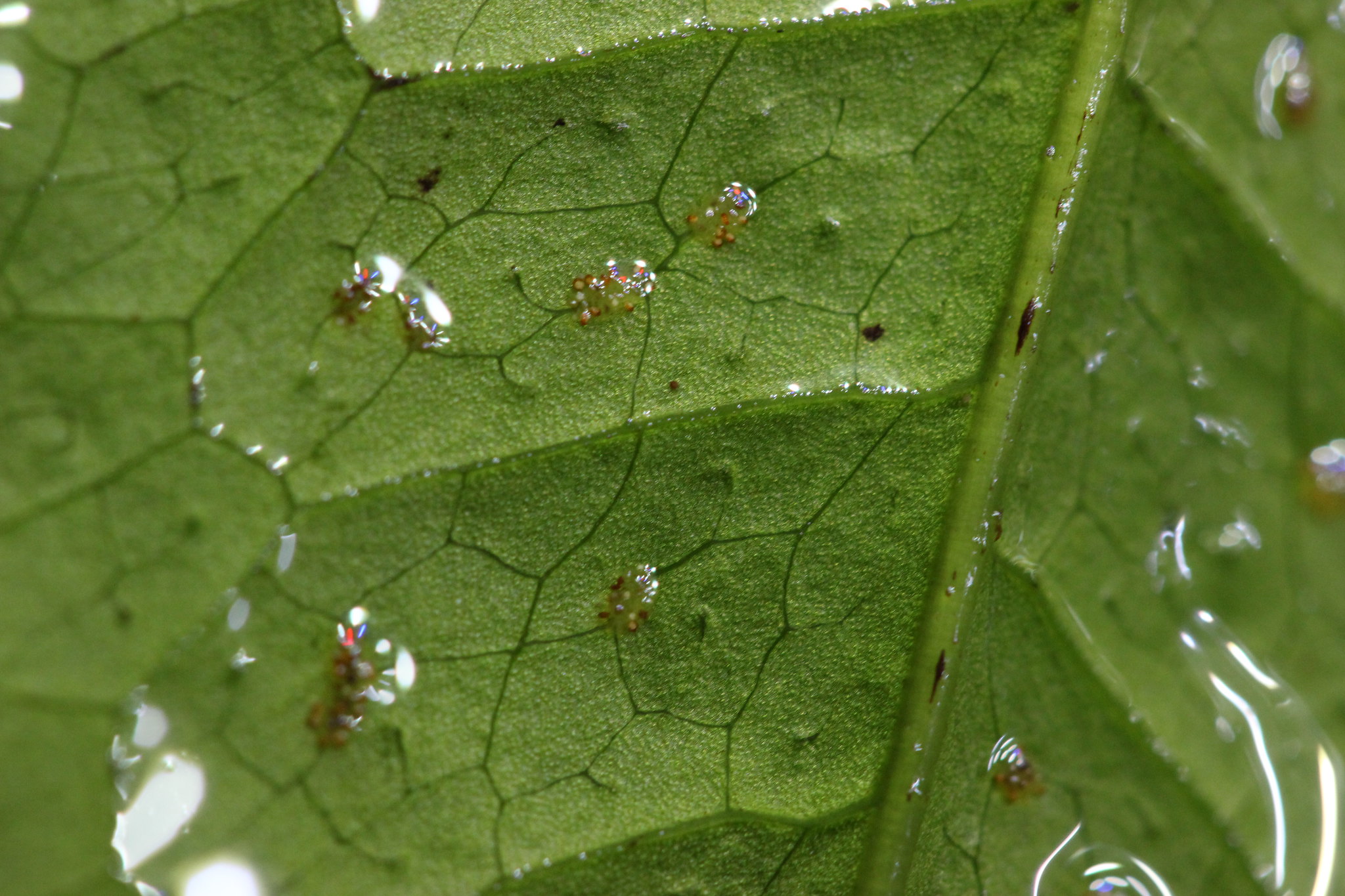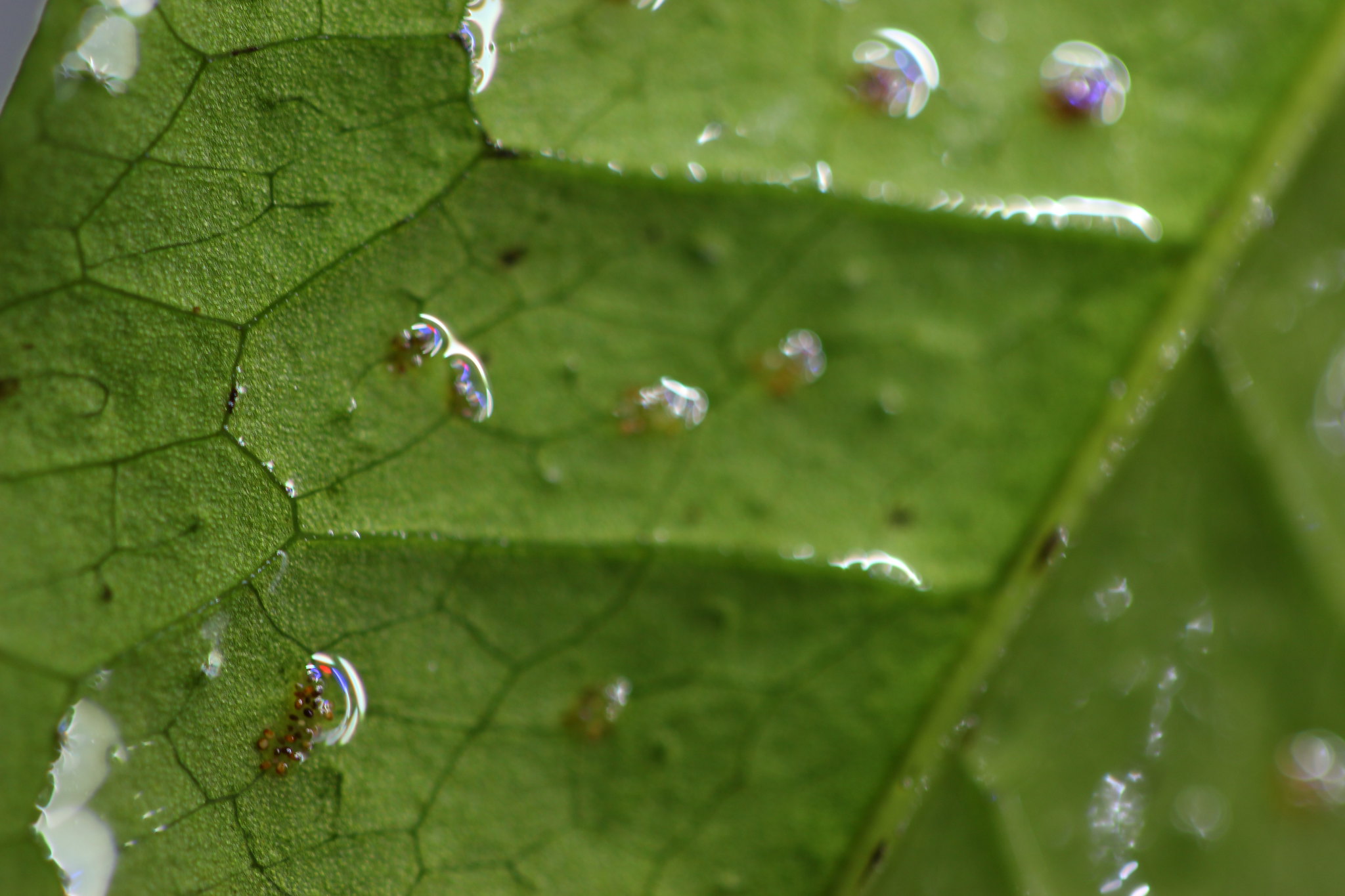- Messages
- 179
- Location
- Germany, Kassel
My female Dicrossus filamentosus had 2 or 3 clutches before with a male and all of them disappeared in maybe 5-8 hours. I had some Sturisoma and the male left in the aquarium back then and the TDS measure was 60 ppm, so, I thought one of these was the reason that the eggs were eaten. Or maybe the male was sterile.
Today though, she had a new clutch with a new male in an aquarium that only has 1 small otocinclus and some marbled hatched on the surface. TDS is 17 ppm. I seperated the male after I saw her defending the eggs from the male. And even under these conditions she doesn't take care of her eggs! She just swims around at the other end of the aquarium, I never even saw her looking at the eggs…
Do you think she is just a lost case at motherhood? Should I try to artificially hatch the eggs? I am afraid that if I do take the eggs away I will scare her and she won't breed again in a long while. If I also lose the eggs to molding I will be in a big loss (which is highly probable, I only tried artificial hatching on bristlenose eggs before…).
What is my best bet? Any advice would be appreciated.
Today though, she had a new clutch with a new male in an aquarium that only has 1 small otocinclus and some marbled hatched on the surface. TDS is 17 ppm. I seperated the male after I saw her defending the eggs from the male. And even under these conditions she doesn't take care of her eggs! She just swims around at the other end of the aquarium, I never even saw her looking at the eggs…
Do you think she is just a lost case at motherhood? Should I try to artificially hatch the eggs? I am afraid that if I do take the eggs away I will scare her and she won't breed again in a long while. If I also lose the eggs to molding I will be in a big loss (which is highly probable, I only tried artificial hatching on bristlenose eggs before…).
What is my best bet? Any advice would be appreciated.




